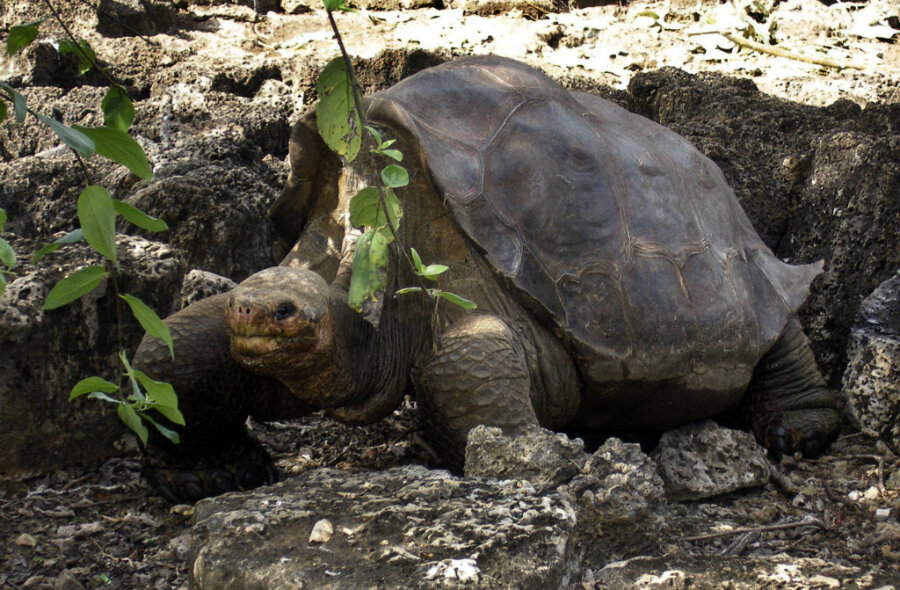Are 'extinct' animals making a comeback?
Loading...
A breed of sea snake thought to be extinct for years was recently discovered off the west coast of Australia, another in a string of similar findings among species scientists believed were lost forever.
It was the first time the species of snakes was seen in more than 15 years since disappearing from the Timor Sea, according to researchers at Australia’s James Cook University who identified the snakes.
The discovery of the Short Nose sea snake was confirmed after an Australia Parks and Wildlife officer sent a photo to researchers for identification, the university said.
The study’s lead author, Blanche D’Anastasi, of the university’s ARC Center of Excellence for Coral Reef Studies, said the findings would give scientists a second opportunity to protect the species.
“But in order to succeed in protecting them we will need to monitor populations as well as undertake research into understanding their biology and the threats they face,” D’Anastasi said in a statement.
D’Anastasi noted that the pair of snakes was believed to be “courting,” indicating that there is a breeding population and offering a hope for a more sustainable comeback.
“We were blown away,” D’Anastasi said. “These potentially extinct snakes were there in plain sight living on one of Australia’s natural icons, Ningaloo Reef.”
A second breed of extremely rare Leaf Scaled sea snake was also recently found in Australia’s Shark Bay, several hundred miles away from the species normal territory, which D’Anastasi called a “real surprise.”
Both species had vanished from the Timor Sea, though in recent years scientists had seen examples of dead specimens.
The sightings are significant because it increases the known geographic range and habitats for the snakes, though their disappearance in the Timor Sea could not be explained, according to the study.
They also follow a trend of breakthroughs on species believed to have vanished, including a variety of mammals, plants, fish, and insects rediscovered over the last several decades.
Scientists believed the New Zealand storm petrel had been dead for 150 years until researchers used a 2003 photograph to corroborate the sea bird still exists, the first confirmation since 1850. Some of the remaining storm petrels have since been fitted with radio collars, while their newly-discovered breeding grounds have been protected.
Other studies posit that humans are causing the Earth’s sixth mass extinction at rates higher than the previous five, with extinctions rate up considerably over the last 100 years, largely due to mankind’s impact.
Vertebrates have been lost at five times the rate of previous mass extinctions, according to Dr. Gerardo Ceballos of the National Autonomous University of Mexico.
“This is very depressing because we used the most conservative rates, and even then they are much higher than the normal extinction rate, really indicating we are having a massive loss of the species,” he told the Guardian this year.
Still, there is hope, as in the case of an extinct Galápagos Pinta tortoise. Researchers this year found a close relative, with plans in the works to genetically match the now-extinct Pinta, possibly bringing back the same breed with 95 percent of its DNA still intact.







